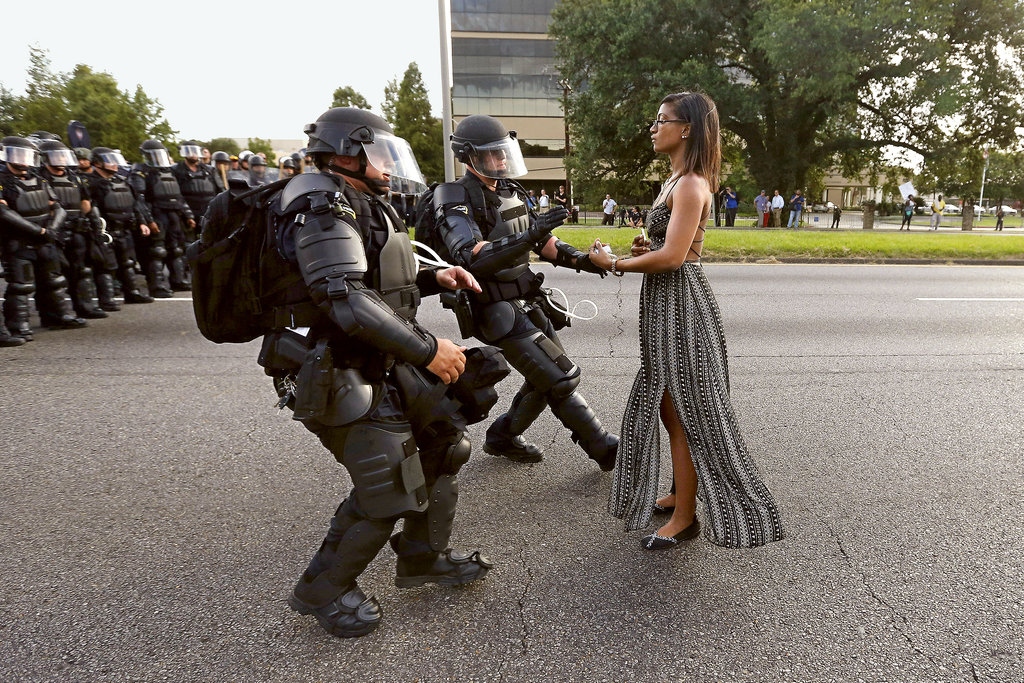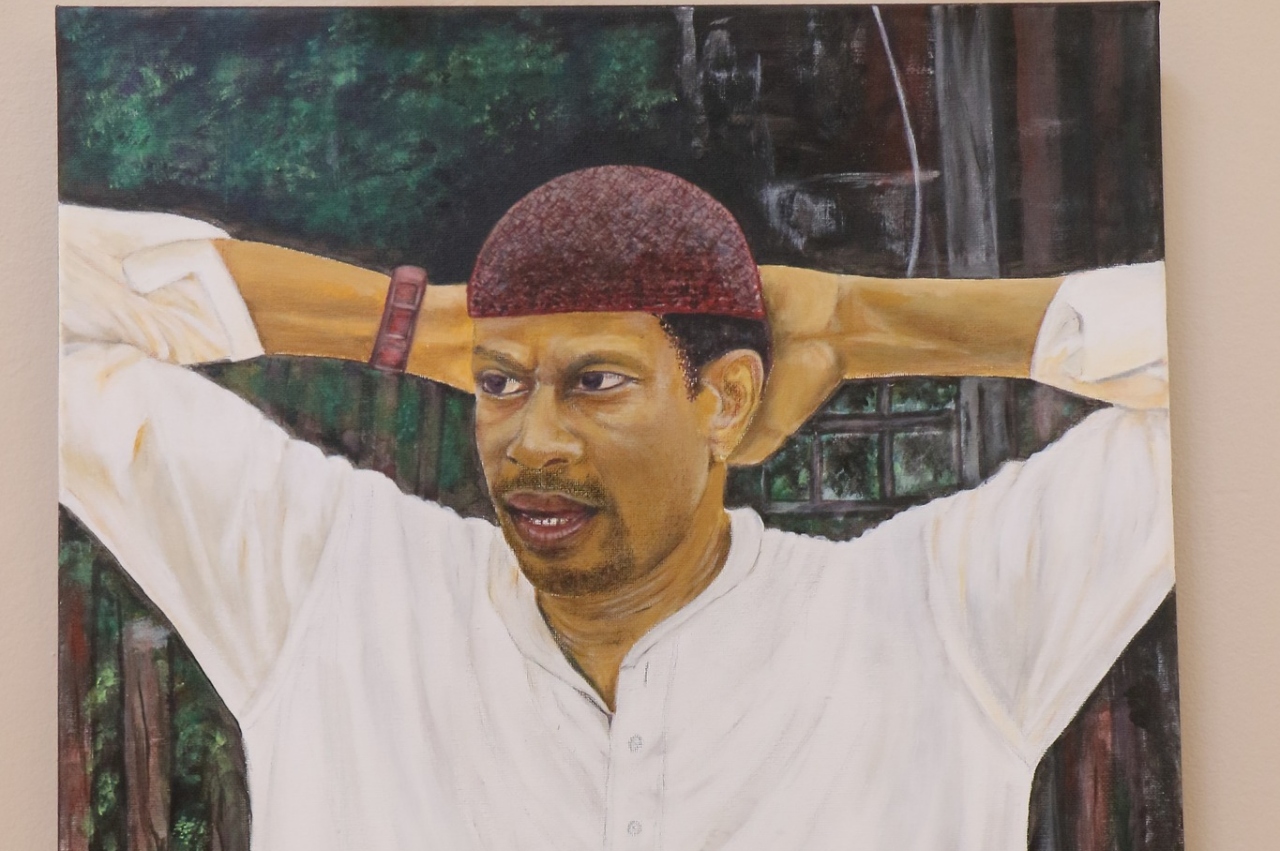“[…] T&T’s education system thus faces two challenges—decades old, but now more pressing in the context of 21st century market requirements and the ongoing advancement of artificial intelligence.
“For the top 3%, a system that emphasises rote learning and memorisation is both demotivating and increasingly irrelevant in the real world.
“[…] Retaining them requires retooling the education system to cater to their need for cognitively challenging studies, and then tailoring the work space to recognise and use their superior minds…”
The following Letter to the Editor on the Trinidad and Tobago education system was submitted to Wired868 by Kevin Baldeosingh of Freeport:
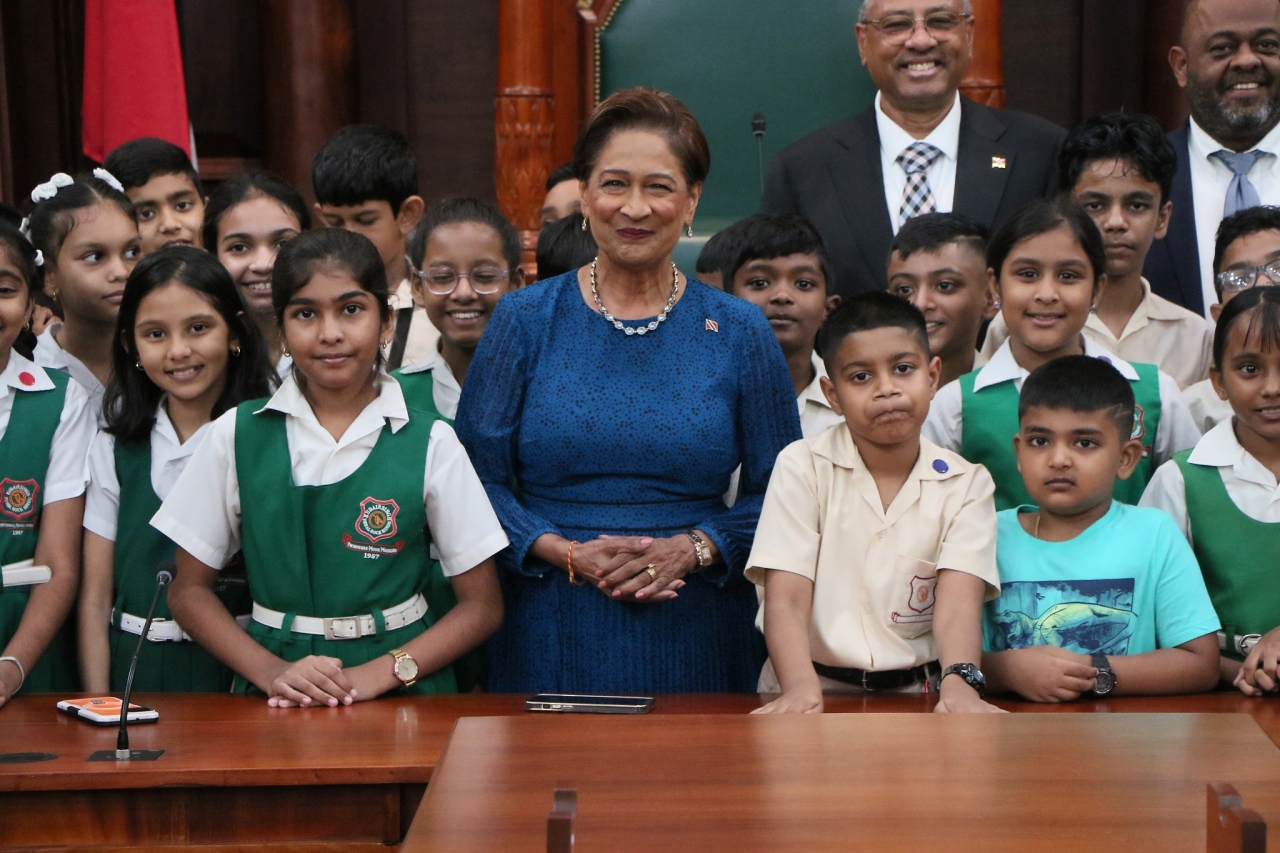
Photo: Office of the Parliament 2025.
When it comes to analysing the Secondary Entrance Assessment (SEA) exam, pretty much all commentators, from education stakeholders to laypersons, start from two related premises: (1) all children have the same academic potential, and (2) disparate outcomes are the result of an ineffective education system.
The former claim contradicts every reliable finding in cognitive science. The latter is true, but not in the way these commentators believe.
Let’s start with IQ International estimates originally put Trinidad’s national IQ at 85 (Lynn & Vanhanen, 2006); the most recent update is 88 (Henss, 2023).
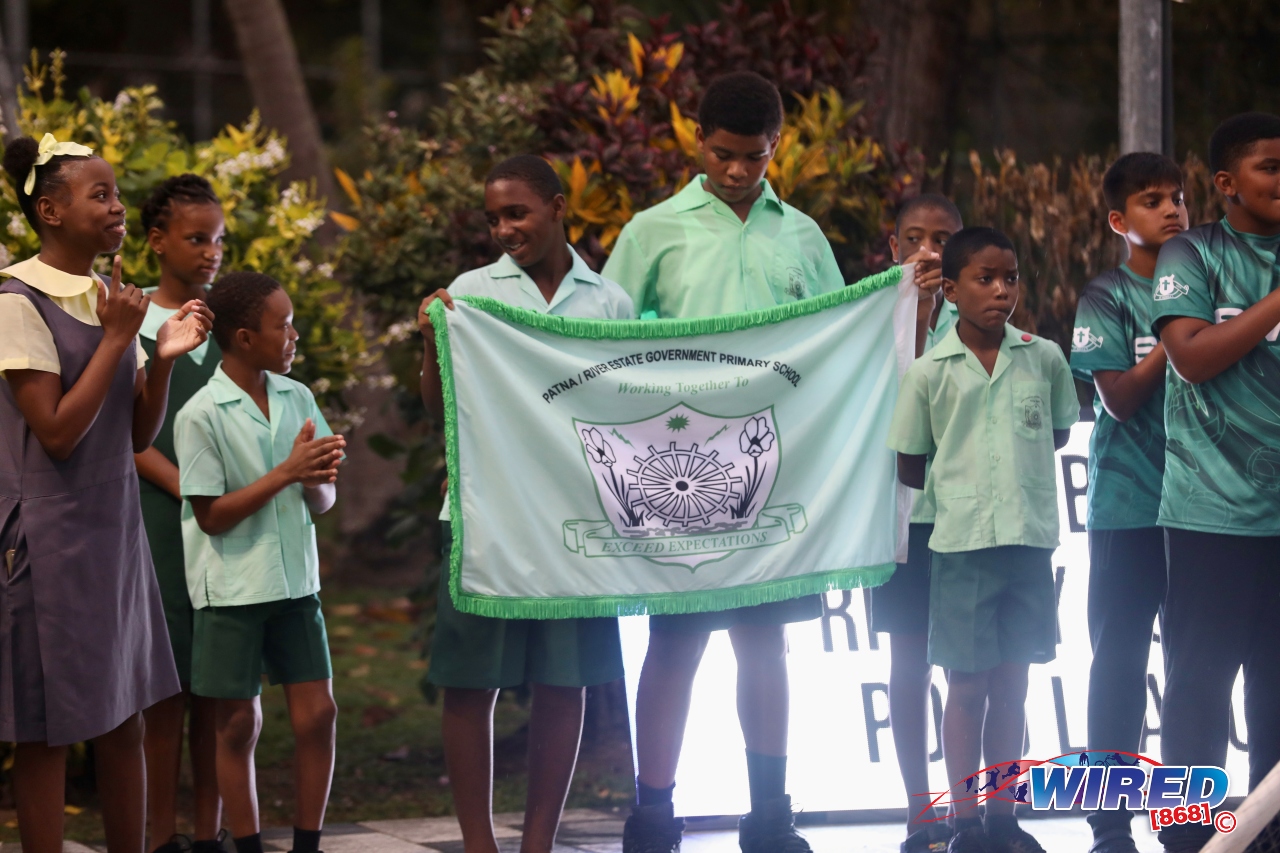
Photo: Aaron Hackshaw/ Wired868.
My own calculations, based on scores from the 1990s Common Entrance examination and the 2015 PISA (Programme for International Student Assessment) test give a national mean of 89. (IQ tests are normed so 100 is considered average; Trinidad’s mean is thus almost one standard deviation below average.)
IQ scores have a normal distribution, more infamously known as a bell curve. The highest point of the curve has the most people—that is, persons of average intelligence—while the left tail has the least intelligent and the right tail the most intelligent.
Thus, a lower average curve means more people with low intelligence and fewer with high intelligence.

Photo: OTP.
This statistical fact allows us to predict what percentage of children writing the SEA should score 30% and below and 90% and above. Using an IQ score of 73 for the former and 115 for the latter, about 14% should score below 30%, while about 5% should score 90% and over.
The correlation is not perfect, but it can be used to gauge whether an SEA test in any given year is fair or not—that is, whether it accurately reflects children’s academic abilities.
The table below shows SEA scores from 2017 to 2025.
| Years | Below 30% | Above 50% | Above 90% |
| 2017 | 11.9% | 68.5% | 6.8% |
| 2018 | 13.6% | 65.5% | 3.5% |
| 2019 | 13.7% | 52% | 0.6% |
| 2020 | 13% | 67% | 3.5% |
| 2021 | 11% | 52.4% | 1.6% |
| 2022 | 27.8% | 37% | 0.4% |
| 2023 | 13.5% | 58% | 2.1% |
| 2024 | 14.3% | 58% | 1.4% |
| 2025 | 11.6% | 66.1% | 2.3% |
Sources: CSO and Ministry of Education
Only two out of the nine years reflect a fair test: 2017 and 2018. In all the rest, the low performers do better than expected and, in all years except 2017, there are fewer high performers than IQ predicts.
For placement, this does not matter. That’s because students are assigned to schools according to a grade curve: the top students are placed according to their first choices until those spots are filled.
So, if in a particular year, 10% of students score above 95%, while in another year just 3% do, it’s the same number of places in the prestige schools to be filled.
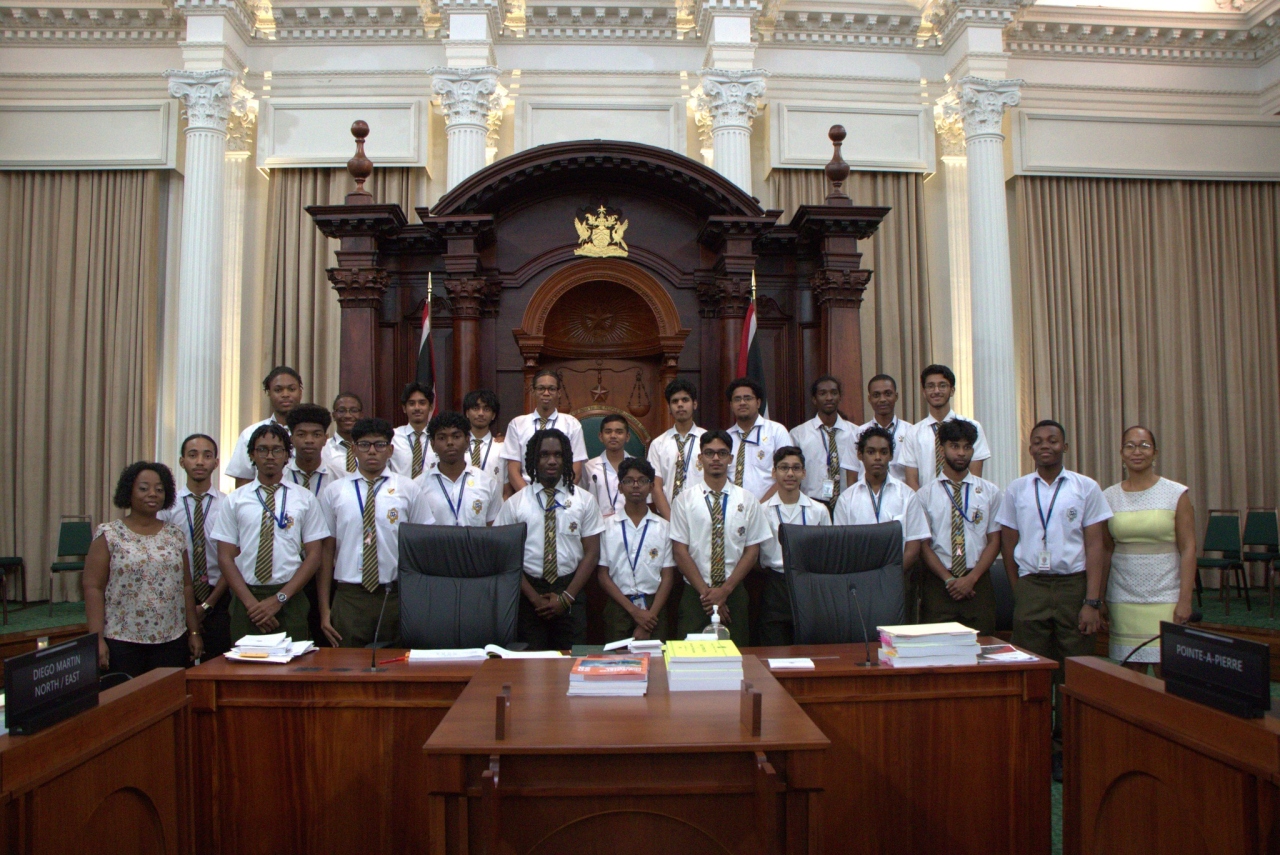
Photo: Office of the Parliament 2025.
That means that, in some years, all places will be filled with students who scored 95% or more; in another, there will be students who scored above 85%, because fewer scored over 95%. But these will still be the top students (and top IQs) as for every other year.
However, the scores from 2022 reflect the dire effects of the Covid-19 school lockdowns on the education system.
The PNM administration imposed one of the longest closures of physical schools in the entire world–almost two years. The impact is most starkly seen in 2022, when students scoring 30% and below ballooned to a massive 27.8%, while those scoring above 90% dropped to a dismal 0.4%.

(via University of Pittsburgh.)
T&T’s education system thus faces two challenges—decades old, but now more pressing in the context of 21st century market requirements and the ongoing advancement of artificial intelligence.
For the top 3%, a system that emphasises rote learning and memorisation is both demotivating and increasingly irrelevant in the real world.
Trinidad’s brightest students have always been encouraged to become lawyers and doctors—respected professions that facilitated wealth and independence. But not only will AI take over large swathes of both jobs (including surgeons and perhaps even judges), but smart people who aren’t creative thinkers will be virtually useless in the future job market.
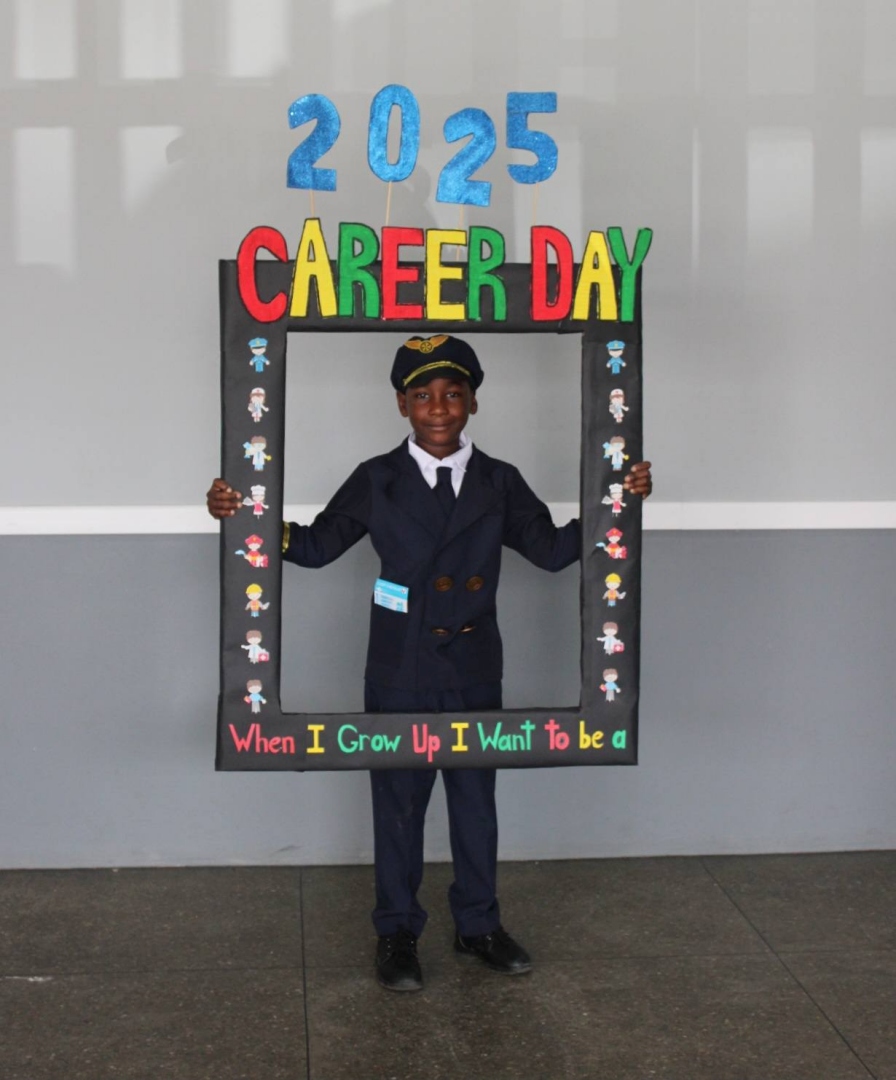
Photo: Ministry of Education.
In a society with an average IQ of 89, progress depends on the “best and brightest”. But this is exactly the cohort that T&T has been losing to emigration over decades.
Retaining them requires retooling the education system to cater to their need for cognitively challenging studies, and then tailoring the work space to recognise and use their superior minds.
However, the students scoring under 30% are the more pressing socioeconomic problem for an underdeveloped society like ours. Such students can be educated in marketable skills, some even more profitable than the traditional professions in an AI world.
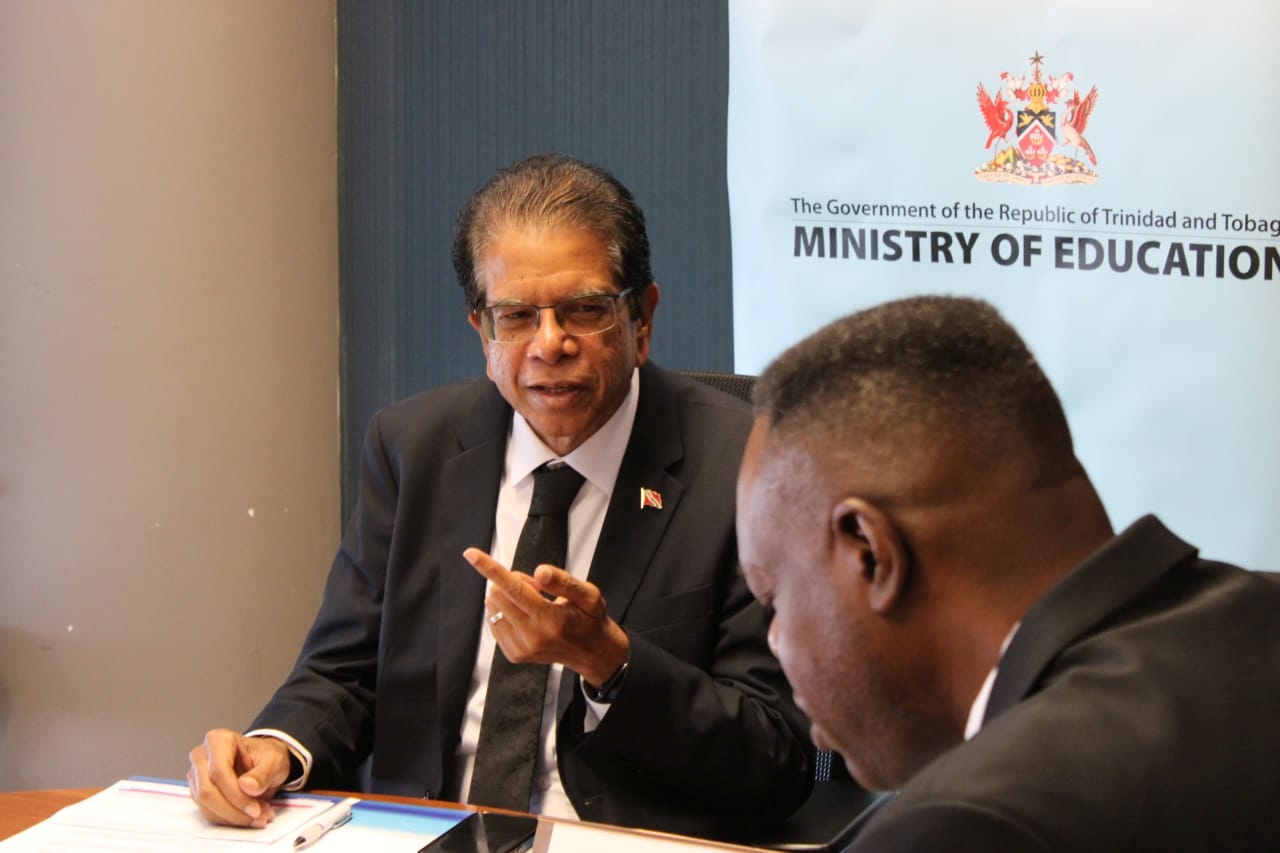
Photo: Ministry of Education.
But that can only happen if the curriculum is changed to meet their needs, and teaching methods used that are suited to their cognitive limitations.
Such a curriculum would focus exclusively on teaching English Language and Mathematics relevant to trades—for example, how to read instructions and how to measure materials.
Courses in practical subjects would be the main offerings, from plumbing to carpentry to cookery. Teaching would use methods like Direct Instruction, which works from set scripts and has a lot of repetition, since these are the best ways for under-85 IQ persons to absorb information.

All this begins with an SEA exam that mirrors IQ cohorts and which places students in schools designed to unlock the full potential in every group and individual.
Editor’s Note: Kevin Baldeosingh is a professional writer and author whose daughter sat the SEA exam in April.
Want to share your thoughts with Wired868? Email us at editor@wired868.com.
Please keep your letter between 300 to 600 words and be sure to read it over first for typos and punctuation.
We don’t publish anonymously unless there is a good reason, such as an obvious threat of harassment or job loss.
 Wired868 Wired868 for smart sport news and opinion
Wired868 Wired868 for smart sport news and opinion



